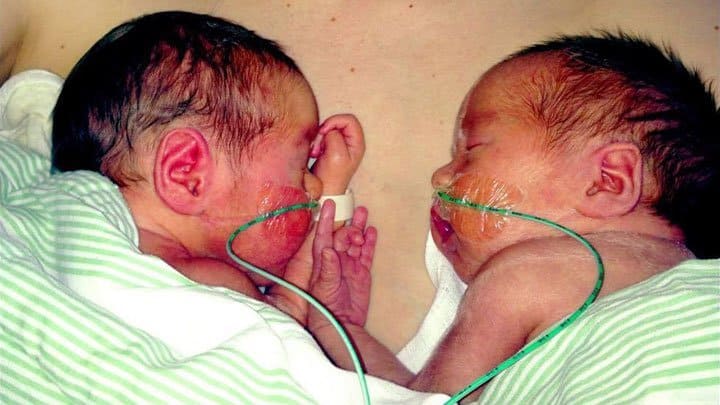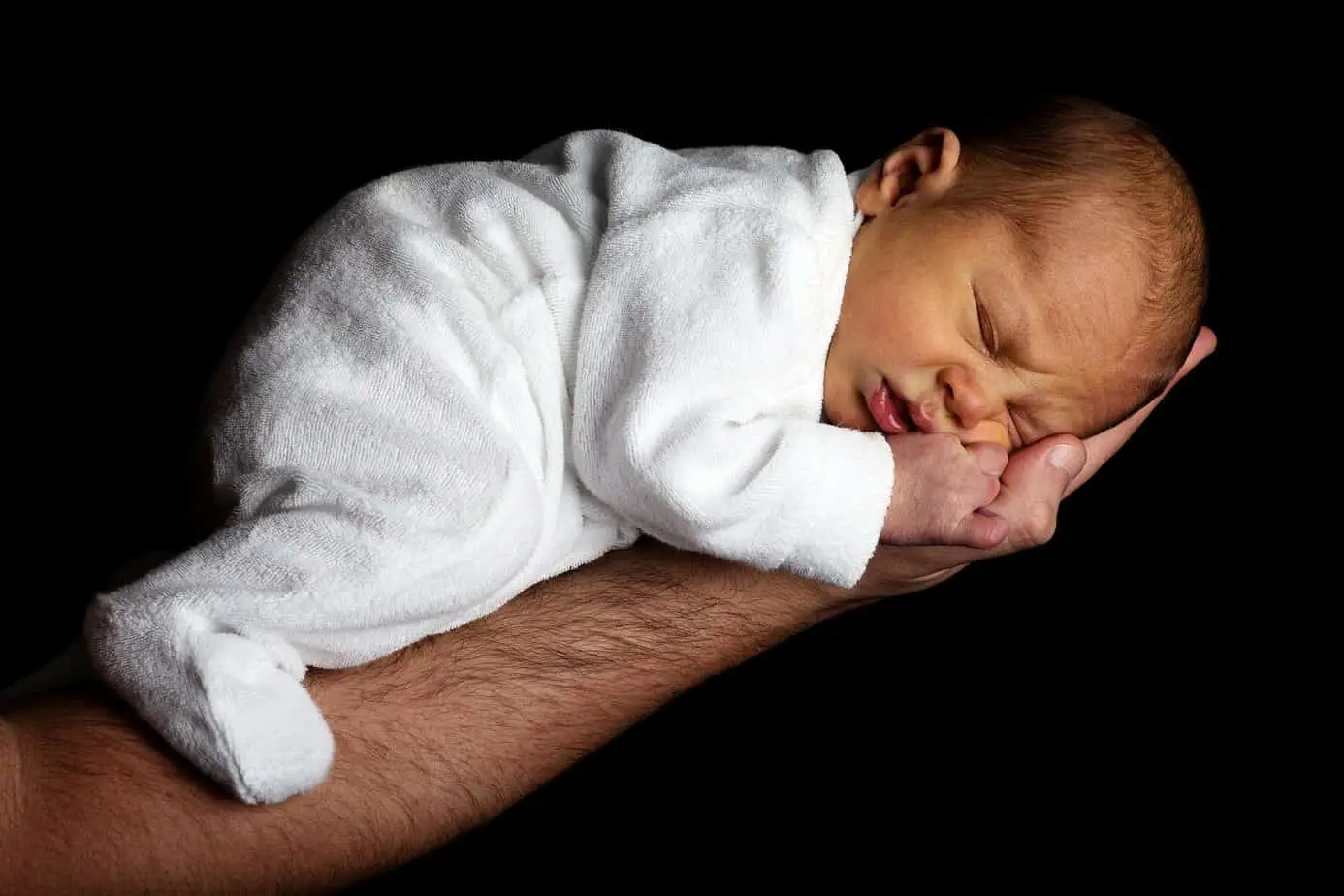Study Explores Risk Factors for Cesarean Delivery of Twins
A group of researchers from Hadassah-Hebrew University Medical Center in Jerusalem explores delivery of twins and risk factors for having a c-section. The study results were published in 2018 in Acta Obstetricia et Gynecologica Scandinavica. That’s the official journal of the Nordic Federation of Societies of Obstetrics and Gynecology. The study included 1070 pregnant women who gave birth to twins between 2003 and 2015. The women were divided into three groups. One group that delivered vaginally, and one group that had a combined vaginal‐cesarean delivery. The third group consisted of women who had intrapartum cesarean delivery of both twins. Intrapartum cesarean delivery is the performance of a c-section after the onset of labor.
C-section more likely for first-time mothers
The rate of vaginal delivery of both twins was 88.3 percent. The rates of combined vaginal-cesarean delivery and unplanned cesarean delivery of both twins were 4.6 percent and 7.1 percent. The researchers found that a cesarean delivery for both twins were more likely to happen if the woman hadn’t given birth before. It was also more likely to happen if twin b was in a non-vertex presentation. A non-vertex presentation means that your baby isn’t head first. The researchers also found that a non-vertex presentation of twin b meant that there was a higher risk of combined vaginal‐cesarean delivery. Babies with an Apgar score less than 7 at five minutes were increased for both twins in the combined vaginal‐cesarean group compared to births were both twins were delivered vaginally.














